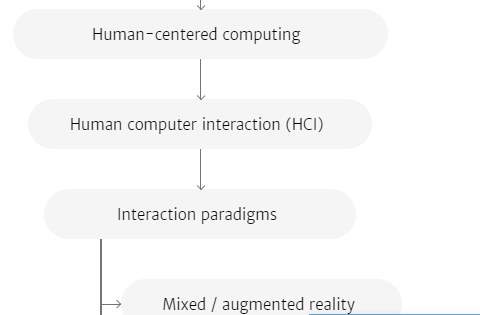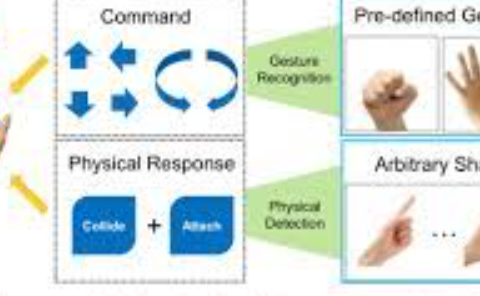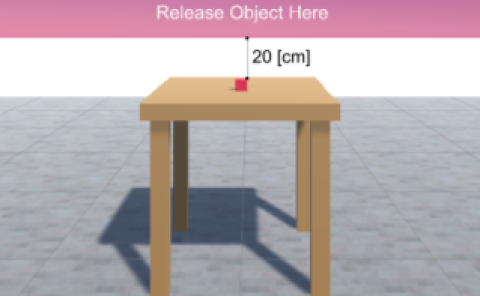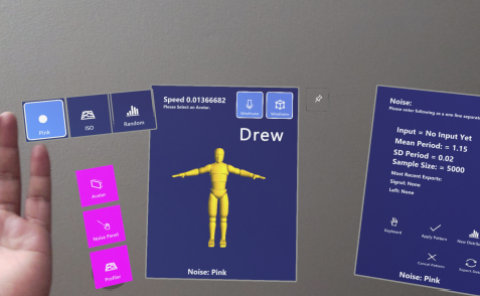MMT+AVR: enabling collaboration in augmented virtuality/reality using ISO’s MPEG media transport
PubDate: March 2015
Teams: University of Texas;TIN Consulting
Writers: Karthik Venkatraman;Yuan Tian;Suraj Raghuraman;Balakrishnan Prabhakaran;Nhut Nguyen
PDF: MMT+AVR: enabling collaboration in augmented virtuality/reality using ISO’s MPEG media transport

Abstract
Augmented Reality (AR) and Augmented Virtuality (AV) systems have been used in various fields such as entertainment, broadcasting, gaming [1], etc. Collaborative AR or AV (CAR/CAV) systems are a special kind of such system in which the interaction happens through the exchange of multi-modal data between multiple users/sites. Multiple sensors capture the real objects and enable interaction with shared virtual objects in a customizable virtual environment. Haptic devices can be added to introduce force feedback when the virtual objects are manipulated. These applications are demanding in terms of network resources to support low latency media delivery and media source switching similar to broadcast applications. Enabling real time interaction with multiple modalities with high volume data requires an advanced media transport protocol that supports low latency media delivery and fast media source (channel) switching. To enable such collaboration over a stochastic network like the Internet requires a combination of technologies from data design, synchronization to real time media delivery. MPEG Media Transport (MMT) [ISO/IEC 23008-1] is a new standard suite of protocols designed to work with demanding, real-time interactive multimedia applications, typically in the context of one-to-one and one-to-many communication. In this paper, we identify the augmentations that are required for the many-to-many nature of CAR/CAV applications and propose MMT+AVR as a middle ware solution for use in CAV applications. Through an example CAV application implemented on top of MMT+AVR, we show how it provides efficient support for developing CAV applications with ease.



